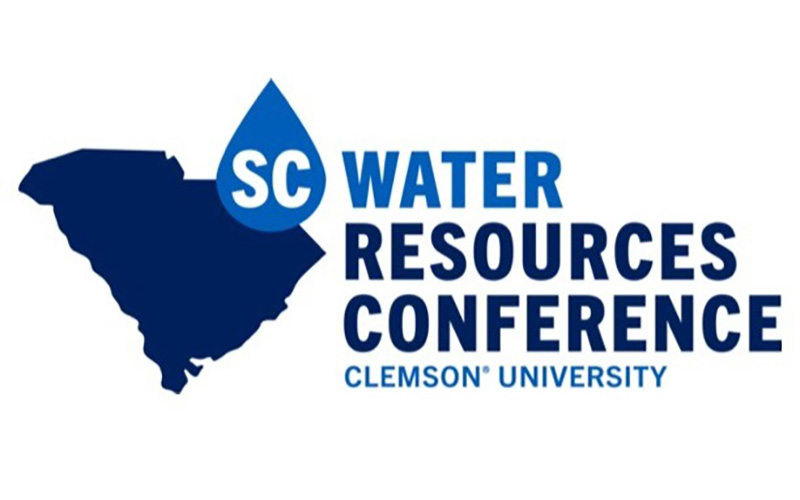Volume
2
Issue
1
DOI
https://doi.org/10.34068/JSCWR.02.09
Abstract
Utilizing R software and a variety of data sources, daily forecasts of bacteria levels were developed and automated for beach waters in Myrtle Beach, SC. Modeled results are then shown for beach locations via a website and mobile device app. While R provides a robust set of tools for use in forecast modeling, the software has an extensive learning curve and requires skilled statistical interpretation of results. The Environmental Protection Agency (EPA) created the “Virtual Beach” software package to address these concerns. To evaluate the utility of the more user-friendly Virtual Beach modeling toolbox, predictive models were developed and model results were analyzed using the two software suites. Recommendations were made based on ease of use and several performance measures. Model results indicate the two software toolboxes yield comparable outputs. However, Virtual Beach tends to create more robust model forecasts, while R provides more options for model setup and outputs.
Recommended Citation
Neet, Matthew J.; Kelsey, R. Heath; Porter, Dwayne E.; Ramage, Dan W.; and Jones, Adrian B.
(2016)
"Model Results and Software Comparisons in Myrtle Beach, SC Using Virtual Beach and R Regression Toolboxes,"
Journal of South Carolina Water Resources: Vol. 2
:
Iss.
1
, Article 8.
DOI: https://doi.org/10.34068/JSCWR.02.09
Available at:
https://open.clemson.edu/jscwr/vol2/iss1/8






